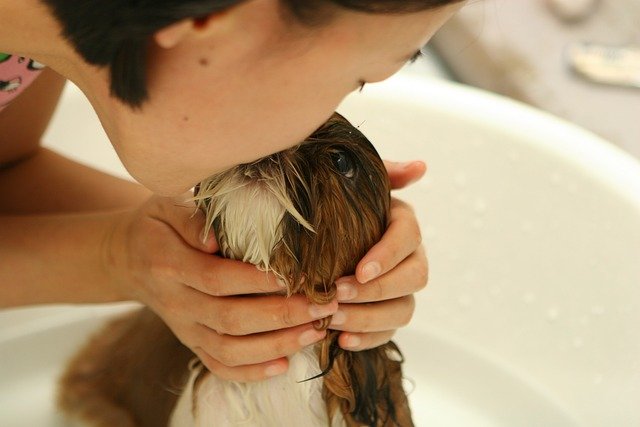Combining Veterinary Advice and Home Care for Parasite Control
Effective parasite control for pets involves coordinated veterinary guidance and consistent home care. This article explains how to detect infestations, follow vet recommendations, and use hygiene and sanitation strategies to protect pets and households across seasons.

Combining Veterinary Advice and Home Care for Parasite Control
Parasite control requires both professional veterinary input and everyday household measures. Understanding how parasites behave, how infestations begin, and what preventive steps are practical at home helps protect pets and people. This overview covers lifecycle awareness, seasonal patterns, grooming and inspection routines, bedding and sanitation, and how to work with a vet to choose the right strategy for your household.
This article is for informational purposes only and should not be considered medical advice. Please consult a qualified healthcare professional for personalized guidance and treatment.
Understanding parasite lifecycles and seasonal risks
Many parasites follow predictable lifecycles that influence when infestations spike. Eggs and larvae often develop in the environment before attaching to pets, so recognizing seasonal trends—warmer months for fleas, for example—helps plan prevention. Knowing lifecycle stages clarifies why treating both the animal and its surroundings matters: interrupting the lifecycle reduces re-infestation risk and supports longer-term control.
What role does the vet play in prevention?
A qualified vet evaluates each pet’s health, recommends suitable preventive medications, and monitors responses over time. Vets can identify skin conditions that mimic parasite issues, advise on appropriate parasite-specific products, and consider resistance risks when selecting treatments. Regular veterinary check-ups ensure prevention aligns with the pet’s age, health status, and exposure, and help spot early signs of infestations.
How can grooming and inspection reduce infestations?
Routine grooming and regular inspection are practical, low-cost steps owners can take. Brushing helps dislodge adult parasites and allows close inspection of the coat and skin for eggs, dirt, or irritation. Focus on common hiding spots such as the neck, behind ears, under legs, and around the tail. Consistent grooming also keeps skin healthier and makes it easier to spot changes that merit a vet visit.
How does skin health relate to parasite control?
Skin condition both influences and reflects parasite issues. Irritated or broken skin can be a sign of infestations, and conversely, existing skin problems can make pets more attractive to parasites. Addressing underlying skin concerns—through vet-directed treatment, appropriate bathing, and avoiding harsh products—supports resistance to parasites and reduces secondary infections that complicate management.
What hygiene and sanitation steps help at home?
Household hygiene and sanitation reduce environmental stages of parasite lifecycles. Regular washing of bedding, vacuuming carpets and upholstery, and cleaning areas where pets rest remove eggs and larvae. Treat outdoor spaces where appropriate and safe, and isolate laundry and items that contact infested animals until cleaned. Proper household sanitation complements on-animal treatments to lower reinfestation chances.
Managing resistance and long-term prevention
Some parasites can develop resistance to treatments, so rotating strategies under veterinary guidance and using products as directed is important. Long-term prevention combines seasonal planning, consistent application of vet-recommended preventives, routine grooming, and environmental control. Inspecting pets and household areas frequently allows early intervention, which reduces reliance on more aggressive treatments later.
Conclusion
Effective parasite control balances veterinary advice with consistent home care. By understanding parasite lifecycles and seasonal risks, following vet guidance on prevention, maintaining grooming and inspection routines, and keeping good household hygiene and sanitation, pet owners can reduce infestations and protect skin health for pets and people. Regular collaboration with a vet ensures strategies remain appropriate as conditions change.






